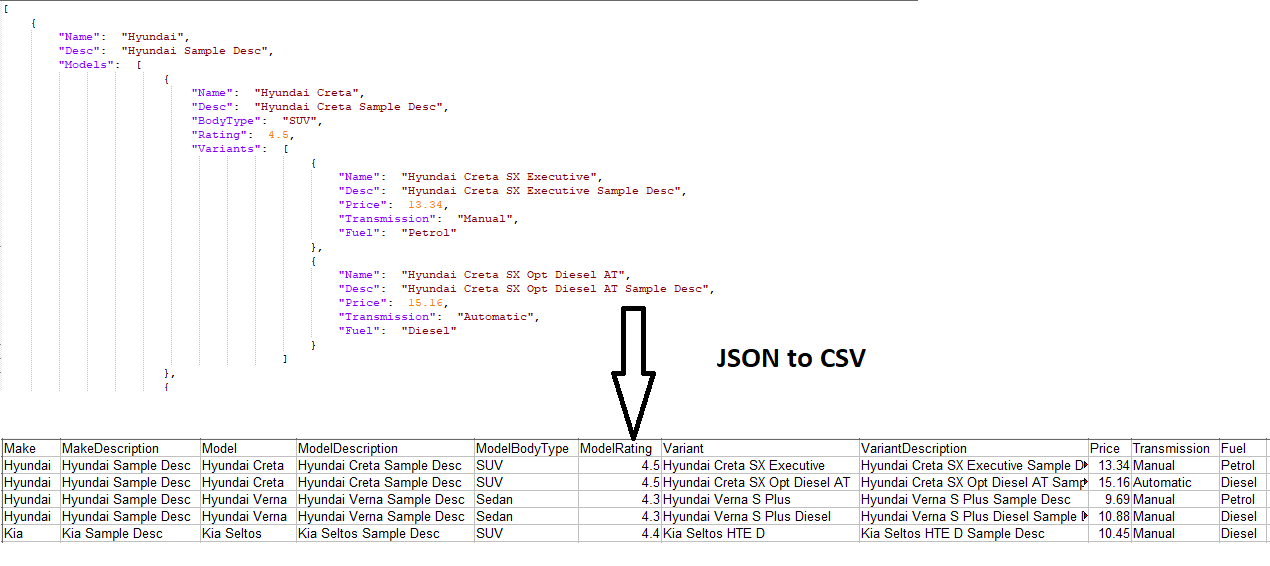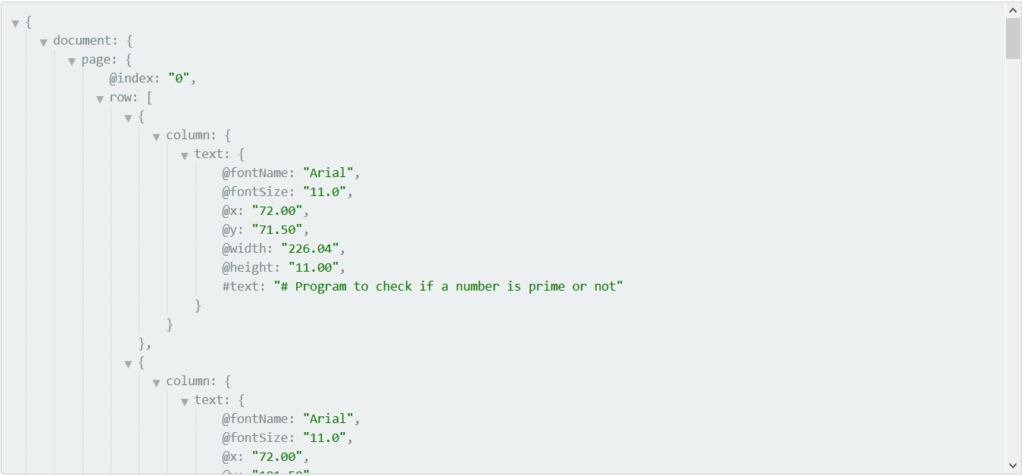


New InputStreamReader(Objects.requireNonNull(is), StandardCharsets.UTF_8)) Read csv data file and store it in a string On the other way around, the JSON string keys will be written on the first line of the CSV file as the column header. In the CSV file, the first line in the file will be use as the keys to the generated JSON string. The CDL class provide the toJSONArray(String) and toString(JSONArray) methods that allows us to do the conversion between data format. We use the JSON-Java library CDL class to convert between CSV and JSON format. With insert(), just indicate the position in the row you want the data point to occupy as the first argument.In the following code snippet you will see how to convert a CSV file into JSON file and vice versa. To add additional data to the fixture history, you can add insert statements before writing the rows: import csv Just run python fix_hist.py in your command prompt (or terminal for mac): import csvį = csv.writer(open("fix_hists.csv","wb+")) If you copy the following code into a file and save it as fix_hist.py or something, then save your JSON file as file.json in the same directory, it will create a csv file with the fixture histories each saved as a row. Python has some good libraries for doing this.

And for each element in that array, we print the player ID, their web_name and then the data from fixture_history. Then we loop through each of them - extracting the the fixture_history array.

So we extract the keys from this hash - which is the ID number right at the beginning of each entry. This data structure is a nested hash (perl's term for the type of data structure). Hopefully you can see what's going on here - you load the file $input, and decode_json to create a data structure.


 0 kommentar(er)
0 kommentar(er)
